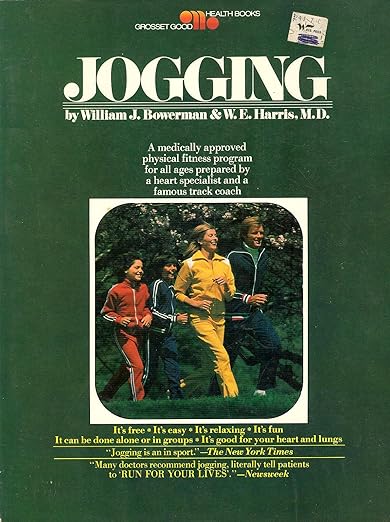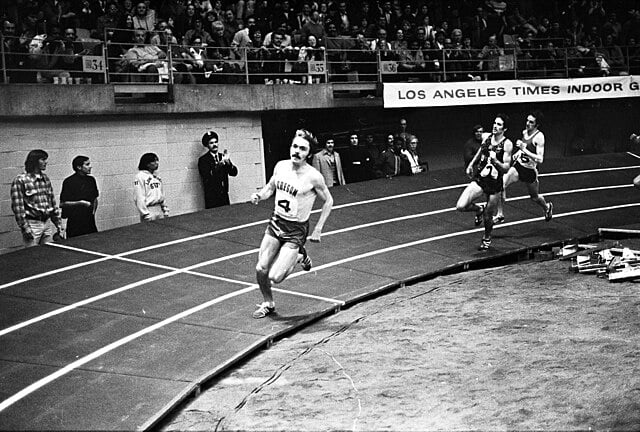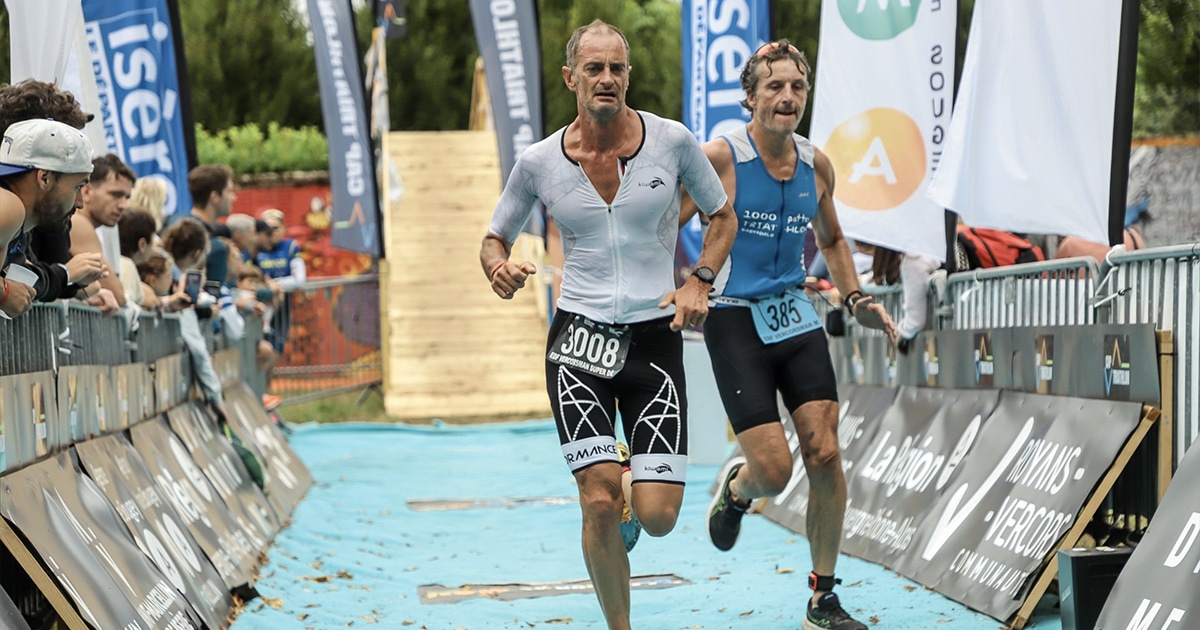From greeks to hippies : the history of jogging
05/12/2024 19:43When did the ancient practice of running evolve into jogging, now embraced by more than half a billion people around the world (including over 12 million in France)? Let’s take a look back in time, or rather, over our shoulders.
The legend of Pheidippides, the Greek messenger who supposedly ran 40 km to announce the Greek victory over the Persians to his leaders, has reached our times. This story is largely considered a myth by historians, but what’s undeniable is that running was already present in antiquity. It is believed to have been practiced in Egypt, Asia, Ireland, and Greece, often during religious festivities as a tribute to the gods through the admiration of the body. As per some sources, even Pythagoras was a renowned athlete, in addition to being a philosopher. However, the Catholic Church, less inclined towards the physical exaltation seen in Greek culture, later banned athletic practices.
The figure of the runner resurfaced in the 19th century among Anglo-Saxon aristocrats, but the general populace was yet to embrace running. The growth of the Olympic movement in the 20th century and the development of media (first newspapers, then television) certainly helped to spread the image of the runner in Western societies. Yet, by the 1950s, only athletes and military personnel were avid runners. Even in France, the prominence of athletes like Alain Mimoun wasn’t enough to make running mainstream.
Then the hippies came along…
By the late 1960s in the United States, young rebels, both men and women, began jogging through parks and cities, drawing curious looks from onlookers. Newspaper clippings from that time mention incidents involving “runners,” often labeled as “weirdos,” across various states. In the documentary “Free to Run” by Swiss filmmaker Pierre Morath, which explores this pioneering period, there are accounts of runners choosing to jog at night to avoid the prying eyes of others. But what sparked this phenomenon in the United States?
History is often shaped by a series of more or less incidental events. In 1962, during a trip to New Zealand, Bill Bowerman, who would later co-found Nike in 1968, discovered the training methods of coach Arthur Lydiard, who had developed a program for cross-country runners. Inspired or perhaps prophetic, Bowerman returned home and in 1967 published “Jogging: A Physical Fitness Program for All Ages.” The book became a bestseller, and the popularity of jogging began to rise. The American Frank Shorter’s victory at the 1972 Munich Olympics marathon and the phenomenon of Steve Prefontaine, still considered one of the greatest American long-distance runners, further cemented running’s popularity during this era.

The Breakthrough
Social taboos around women’s sports, fueled by religious and patriarchal powers, began to crumble with jogging. Following Kathrine Switzer’s official participation in the Boston Marathon in 1967, women increasingly took up running, challenging traditional norms. Running, embodying freedom of body and spirit, resonated with the ethos of the 1970s. Olivier Bessy, a sports sociologist and author of “Running from 1968 to the Present” explains this in the context of post-May 1968 France: “The imagery associated with endurance races is saturated with the austere, ascetic nature of these practices, linked to the military history of the discipline. Running breaks free from its competitive shackles, driven by new actors and entrants who are less about competition and more about leisure, inventing new ways to run.” Running became a societal phenomenon, celebrated for its performance but also for sensations, camaraderie, and connection with nature.

This new way of running as a celebration is perfectly embodied by the New York City Marathon, which began in 1970. Initially a modest race in Central Park, it achieved monumental popular recognition in 1976 under the visionary leadership of Fred Lebow, as the race’s route expanded to cover all boroughs of the “Big Apple” In the 1980s, the surge in race events worldwide definitively entrenched running in popular mass culture. In Europe, the magazine Spiridon, launched in 1972 by Noël Tamini and Yves Jeannotat, contributed to the democratization of running, echoing the libertarian spirit of American pioneers.
The magazine’s slogan? “Run with us” It seems the message was well-received…



